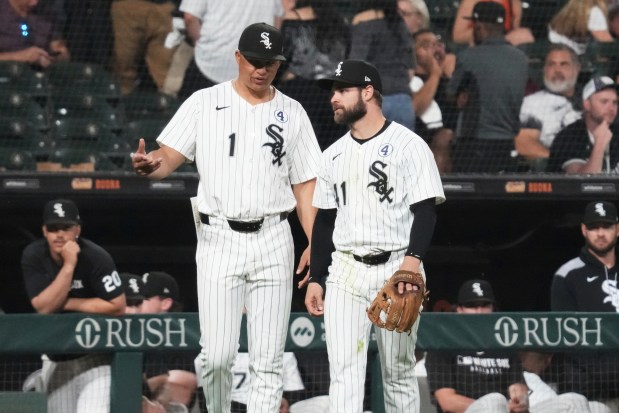Trains have carried people in and around Chicago since Oct. 25, 1848, when the Galena and Chicago Union Railroad dispatched the locomotive Pioneer from a station on Kinzie Street just north of the Chicago River. In future decades Chicago would become a rail hub for the entire nation.
But by the early 1970s, the region’s mass transit agencies were in poor financial shape — with many on the verge of collapse. With rising operating expenses and lower ridership, many of these agencies could not continue to exist on their own. That’s why voters in six counties — Cook, Kane, Will, Lake, DuPage and McHenry — took to the polls on March 19, 1974, to decide if an umbrella organization should be created to coordinate the services of the Chicago Transit Authority, eight commuter railroads and suburban bus companies in these areas.
Voters in the city approved this referendum proposal by a 2 to 1 margin but others in DuPage, Will, Lake, McHenry and Kane counties rejected it handily. Many suburbanites said they voted that way because they believed the new Regional Transportation Authority would not benefit them and because they thought it would only serve to bail out the deficit-ridden Chicago Transit Authority.
After hitting its peak in 1980, commuter rail ridership was decimated when an RTA financial crisis that forced a doubling of fares the next year. Passengers abandoned the system in droves and, by 1983, ridership had fallen below 60 million.
But passage of legislation that same year reorganized the RTA, provided a new source of state funding and created service boards for three key operations: Chicago Transit Authority (which retained authority over mass transit); Suburban Bus Board (which would later be known as Pace); and Commuter Rail Service Board (which would later be known as Metra).
Here’s a look back at how Metra has changed in the past 40 years.
CTA, Metra and Pace could launch day pass to be used across all three transit systems
June 1984: Commuter Rail Service Board formed
Lawyer Jeff Ladd — who regularly commuted via train from his McHenry County home to the Loop — was appointed to the board and elected its chairman. At the time, the rail lines and infrastructure Metra took over were in such disrepair that longtime agency officials say they could see the tracks through rusted-out holes in the train cars.
Under Ladd’s leadership, Metra bought new train cars, upgraded its poorly maintained bridges and infrastructure, started service to Antioch and extended rail lines and increased capacity. It also passed a special fare increase in 1989, dedicated exclusively to capital projects. In 1996, the agency started the North Central line between the Loop and Antioch. Two years later, it secured federal authorization to double the runs on the North Central line and extend the Union Pacific West and the SouthWest lines. All three projects were completed in early 2006.
But Ladd’s tenure was also marked by controversies that pegged him as a hothead. He once suggested the punishment for a driver who caused a fatal train accident in 1994 should be a trip to Singapore for caning. He angered south suburban officials who were pushing for the Suburban Transit Access Route (STAR) line to link Joliet to the economically depressed south suburbs. Metra, he said, wasn’t a “social welfare agency.” Besides ruffling feathers, Ladd’s temper got him in trouble with the law. In 1997 he was convicted of disorderly conduct in what prosecutors called a road rage incident.
Ladd stepped down from the post in June 2006. He surfaced in the 2008 trial of Antoin “Tony” Rezko who was a key fundraiser and adviser for former Gov. Rod Blagojevich. Ladd testified under a grant of immunity from prosecution about his dealings as a lobbyist in 2004 with the Illinois Health Facilities Planning Board, which Rezko and political insider Stuart Levine controlled.
July 12, 1985: Agency gets a new name — Metra — chosen for its pizazz
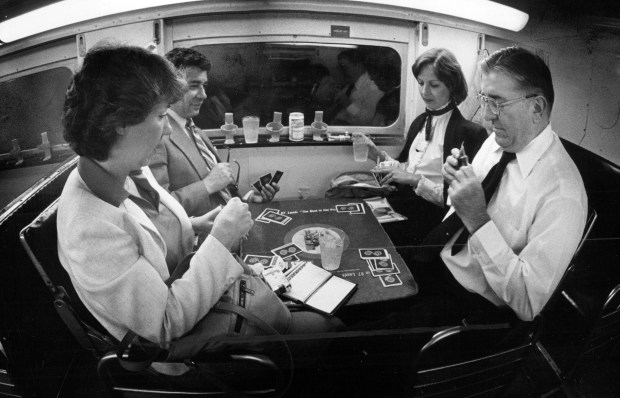
A marketing firm produced a list of 150 possible new monikers before its was whittled down to four finalists:
- CORD (Commuter Rail Division)
- METRA (Metropolitan Rail)
- CORTA (Commuter Rail Division of the RTA)
- TRAC (Total Rail Access)
The new royal-on-blue Metra logo (which originally included the words “Metropolitan Rail”) was soon added to stations, signs and commuter rail cars and locomotives. The first locomotive to be painted in blue and orange was the Kane County, which debuted in August 1985.
April 13, 1992: ‘Great Chicago Flood’ evacuees engulf Union Station
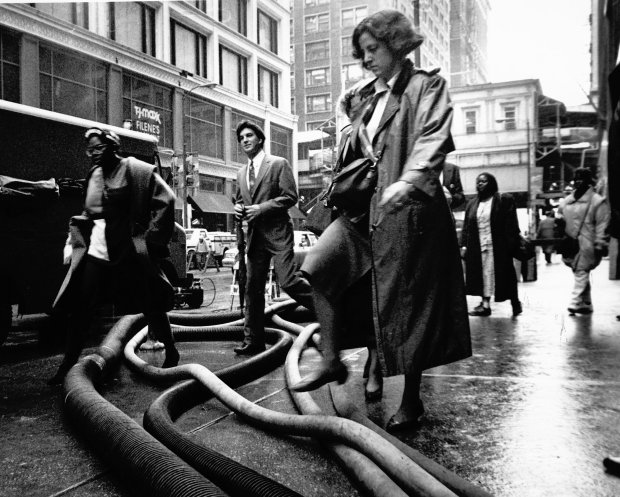
Although the flood was mainly out of sight, lurking 40 feet below the city’s streets, it wreaked visible havoc.
The Great Chicago Flood paralyzed downtown — shutting down power and prompting an evacuation that would affect financial markets and bring business to a halt for days. Those who were there vividly recall that spring day when 124 million gallons of water from the Chicago River flowed into the city’s maze of underground freight tunnels and building basements, turning the Loop into a ghost town.
Commuters, evacuated from their flooded office buildings, began the outbound rush hour before noon. An unscheduled Metra Milwaukee west line train was dispatched from Union Station at about 11:40 a.m., and the agency (whose own headquarters at 547 W. Jackson Blvd. was inundated with water) decided shortly thereafter to abandon its normal schedule, opting to send trains from downtown as soon as they were filled.
Aug. 18, 1996: First new commuter line in Illinois in 70 years embarks
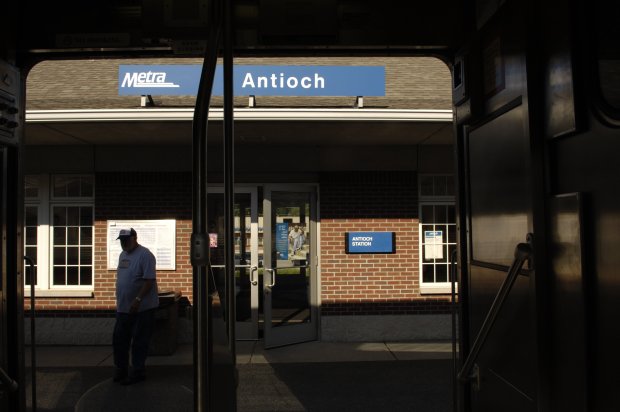
A total of 1,000 passengers rode the Antioch to Chicago route during its inaugural day. With three morning rush-hour trains and another three in the afternoon and evening, the North Central line’s stops along the 52-mile journey included O’Hare International Airport and 10 other destinations before arriving at Union Station.
Metra now operates 11 lines.
May 7, 2010: Metra CEO’s death leaves questions
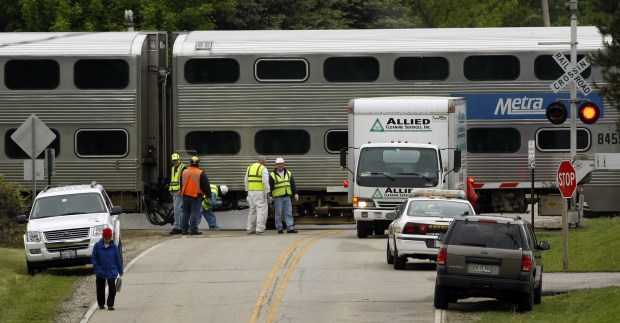
Just a few hours before Metra’s executive board was scheduled to hear about the financial irregularities that occurred under his watch, Metra Executive Director Philip Pagano stepped onto the railroad tracks near his Crystal Lake home and was hit by an inbound train carrying two dozen passengers. Pagano was killed instantly. Authorities found at the scene Pagano’s wallet and a copy of Metra’s procedures for a service disruption after a suicide, sources told the Tribune.
Pagano had been a key player at the agency since it was created, serving as its executive director for 20 years. Under his control, Metra thrived, developing record ridership on 11 lines built from a piecemeal network, including the bankrupt Rock Island and the broken-down Illinois Central Gulf railroads. But he had also been placed on administrative leave in late April 2010, as a probe began alleging he received an unapproved $56,000 bonus on top of his $269,625 annual salary. The investigation found Pagano improperly took $425,000 — $225,000 for cashing out vacation pay from 2007 to 2010, and $250,000 between 1999 and 2006.
Pagano claimed a document signed by former Metra Chairman Ladd authorized him to be awarded additional vacation time, but no original version of the “Ladd certificate” could be found, according to special counsel James Sotos’ report.
February 2012: Riders experience ‘huge’ fare hike

Some commuters — including the vast majority of riders with monthly passes and 10-ride tickets — saw their ticket prices skyrocket as much as 35%. But because the cost of gasoline and parking in the city was higher, many said they had little choice but to dig deeper into their wallets and pay up. The last major fare hikes by the agency were a 10% increase in 2008. Metra also raised fares 5% in 2006.
Before approving the fare hike in late 2011, Metra’s board of directors spent months pondering service cuts and other options. Finally, board members decided not to cut service.
Metra CEO and Executive Director Alex Clifford, who spent most of his first year on the job warning of the hike, said the increase is necessary to “put Metra on a stable financial course.” Without naming his predecessor, Clifford blamed Metra’s previous management for “kicking the can down the road” and failing to address Metra’s deficit shortfall — previously estimated to be as high as $100 million — sooner. The additional revenue would help close a $53.6 million budget gap in 2012, officials said.
Metra, which provided 300,000 trips a day at the time, blamed spiking diesel fuel prices, the demands of meeting new federal regulations, higher insurance premiums and other rising costs.
June 21, 2013: Pagano’s replacement ousted
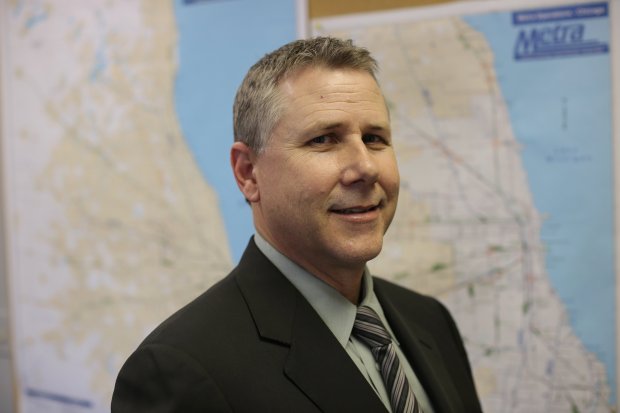
Metra’s board ousted Clifford — a former Marine and head of the transit district in Santa Cruz, Calif., who was brought in to clean up the agency after the scandal and suicide of Pagano — after he threatened to file a whistleblower lawsuit alleging political patronage involving House Speaker Michael Madigan, among others, and interference by some board members.
The costs associated with Metra’s controversial 2013 settlement with Clifford totaled about $1.3 million, with about half going to outside lawyers, officials said. Clifford was given a more than $700,000 severance package, which included a secrecy clause that bars both sides from talking about certain aspects of it.
A bruising report from the Regional Transportation Authority suggested Metra officials repeatedly misled the public when they insisted that an unusually large severance package for Clifford saved taxpayers millions of dollars in potential litigation costs.
Nov. 4, 2016: Busiest day ever
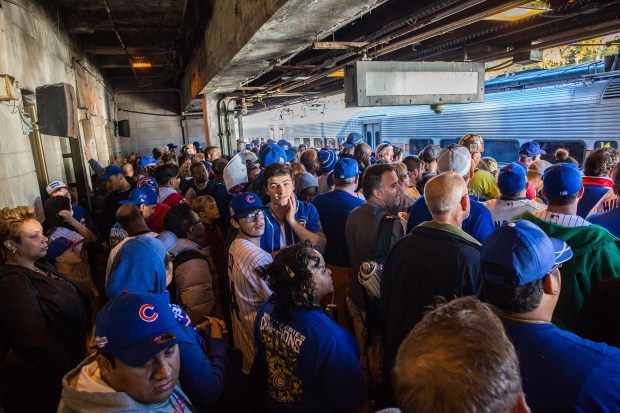
Almost 470,000 passengers — 40% more than an ordinary November Friday — took Metra to the Chicago Cubs’ World Series celebration and parade, setting a single-day record for the agency. CTA also had its highest one-day rail total with 1.15 million riders.
The previous record for Metra was 430,488 passengers on July 3, 2007, for a Grant Park fireworks show. The Blackhawks victory parade on June 28, 2013, saw 425,241 passengers.
March 2020: COVID shut down means commuters stay home
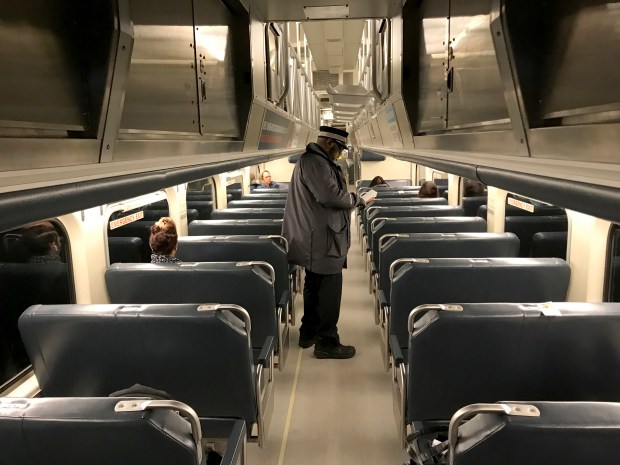
Use of public transportation slowed to a trickle since much of the economy shut down at 5 p.m. on March 21, 2020.
Metra, CTA and Pace have reported increased ridership since the start of the pandemic, but even as residents got vaccinated and much of the city reopened, none of the three transit agencies has seen ridership numbers return to pre-pandemic levels. And none is projecting that will happen in the next three years. A long-term loss of those riders could force the agencies to rethink what their services look like.
Riders have been slow to return to CTA and Metra. What will it take to get them back?
And with the number of riders still down, transit agencies in Chicago and across the country have been leaning on federal COVID-19 relief money to get by.
But the money is set to run out in 2025, and that has Chicago-area agencies staring down a $730 million budget hole, a gap the regional transit agency says is too big to fill with service cuts and fare hikes alone. Failing to address the situation could have economic and social consequences for a city that’s working to orchestrate a post-pandemic comeback, planners and experts said.
April 2024: Consolidation considered
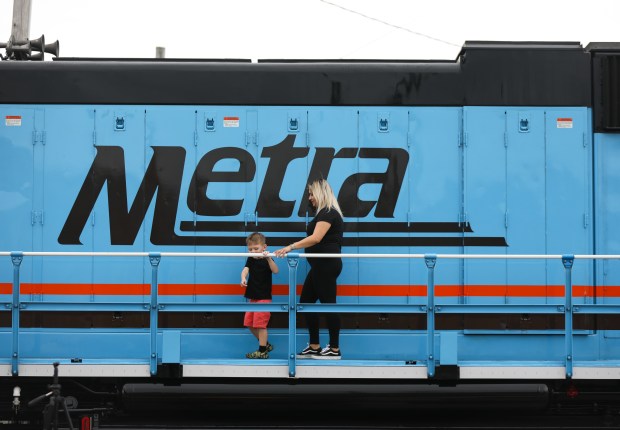
Just months after Metra completed its new fare structure, lawmakers in Springfield weighed during the final days of the spring legislative session whether the Chicago Transit Authority should be consolidated with Metra and Pace into one agency as the agencies face a combined $730 million budget hole as soon as 2025.
Changes coming for Metra riders, including new fares, low-income program and bike policy
The legislation came as complaints have mounted over the CTA’s struggles to provide frequent, reliable and safe service, and days after Gov. J.B. Pritzker called for “an evolution of the leadership” at the CTA. But it is linked to an earlier report laying out recommendations about what Chicago-area transit could look like in the future, and marks a decision to pursue the more comprehensive of two options outlined in the report to overhaul oversight of public transportation.
The proposal would replace the Regional Transportation Authority with a new Metropolitan Mobility Authority, which would oversee the operation of buses, trains and paratransit, rather than having the CTA, Metra and Pace each operate their own services.
Want more vintage Chicago?
- Become a Tribune subscriber: It’s just $12 for a 1-year digital subscription
- Follow us on Instagram: @vintagetribune
Thanks for reading!
Join our Chicagoland history Facebook group and follow us on Instagram for more from Chicago’s past.
Have an idea for Vintage Chicago Tribune? Share it with Ron Grossman and Marianne Mather at rgrossman@chicagotribune.com and mmather@chicagotribune.com




